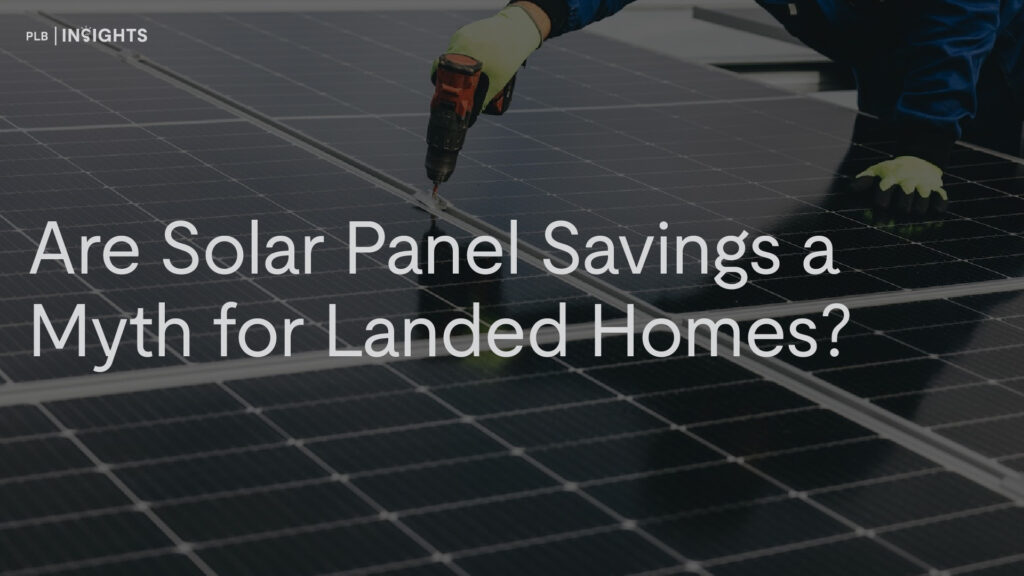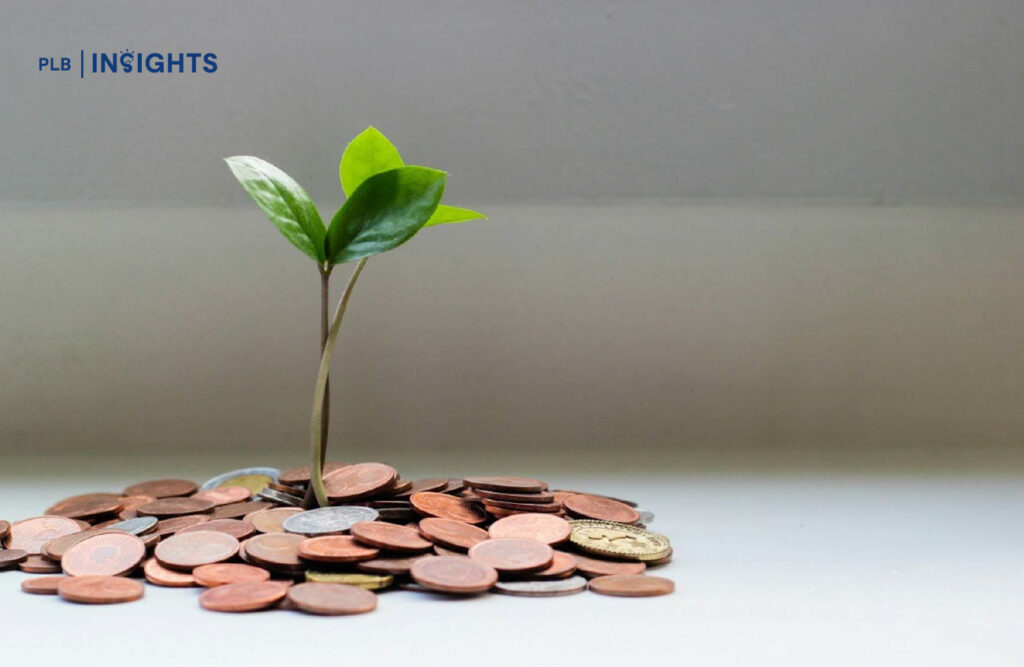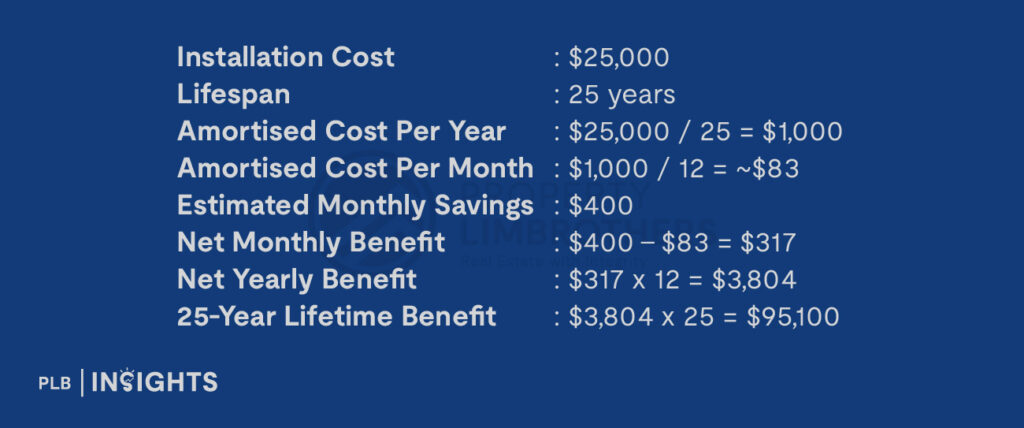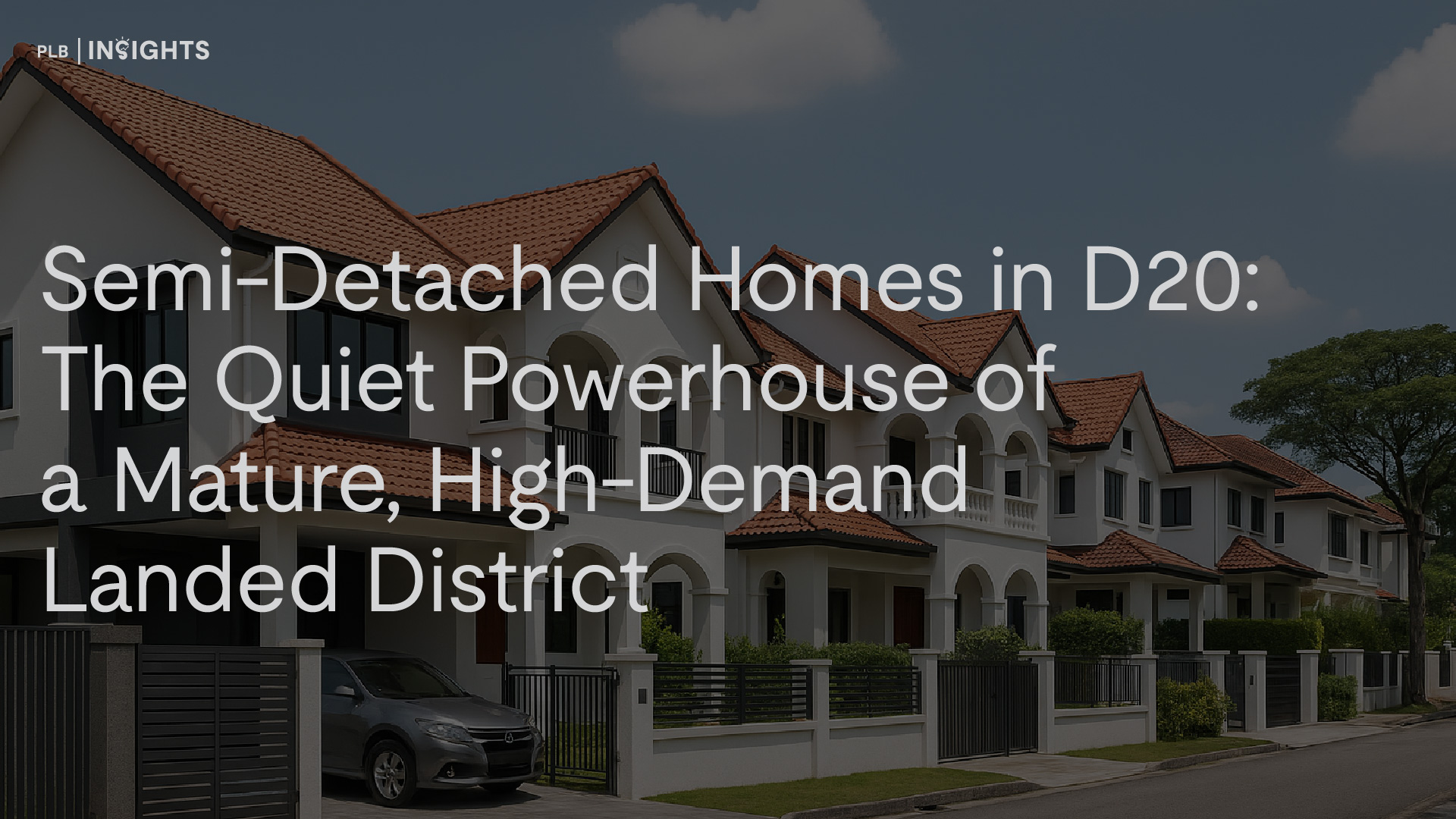
In an age of rising energy costs and heightened environmental awareness, more landed homeowners are considering solar energy as a viable upgrade. But one question lingers—are the savings from solar panels too good to be true? Or can you truly harness the power of the sun to reduce utility bills, increase long-term savings, and even cool your home?
Let’s unpack the numbers, the technology, and the viability of solar panels for landed homes in Singapore.
What It Costs to Go Solar
The average cost of installing solar panels on a landed home in Singapore falls within the range of $20,000 to $25,000. This cost typically covers a full solar photovoltaic (PV) system inclusive of panels, inverter, mounting structure, and installation. For a semi-detached home with ample roof space, it is common to fit approximately 40 panels on the roof.
Installation usually takes 3 to 5 days, depending on the complexity and slope of the roof. Homes with pitched or irregular roofs may require scaffolding, which adds to the cost and time.
Before installing, homeowners must ensure that the roof is in good condition. That means no leaks, no defects, and completed waterproofing. If issues are discovered after installation, panels must be dismantled and reinstalled, adding significant hassle and cost.
How Much Can You Save?
A well-sized solar PV system can generate monthly electricity savings of $400 to $500 for an average landed home, depending on household consumption and the system’s efficiency.
Solar panels in Singapore typically enjoy 4-5 peak sun hours per day. A 40-panel system (~16kWp) can generate approximately 1,600 to 1,800 kWh of electricity per month. At current electricity tariffs of around $0.32/kWh, that translates to savings between $512 and $576 monthly, assuming full consumption of generated power. However, not all households will be able to use all this energy at once.
Let’s take a conservative approach and peg average savings at $400/month.
25-Year Durability and Performance
Modern solar panels are designed to last. Most come with a performance warranty of up to 25 years, with degradation in output efficiency typically capped at 0.5% to 0.7% per year. That means by year 25, your panels are still operating at roughly 87% of their original efficiency.
This long lifespan makes solar a relatively low-maintenance and long-term investment.
Crunching the Numbers: Are You Really Saving?

Let’s take a closer look at the projected savings:

That’s a return of nearly 380% on your initial $25,000 investment.
This doesn’t even include the additional credit you might earn from exporting energy through the SCS, or the cooling benefit that could potentially reduce air-conditioning costs as well.
Cooling Effect: A Hidden Benefit
While savings may be the main draw, some landed homeowners have reported an unexpected benefit: a cooler home. The solar panels act as a secondary shade, absorbing and dispersing solar heat before it hits the roof surface. This can result in a slightly cooler attic or top-floor rooms—particularly beneficial in Singapore’s tropical climate.
Can You Earn from Excess Power? Enter the Simplified Credit Scheme (SCS)
Any unused energy generated by your solar panels doesn’t go to waste. Under the Energy Market Authority’s Simplified Credit Scheme (SCS), you can export excess electricity back to the grid. This energy is credited to your SP Utilities account at prevailing market rates (currently close to retail rates of $0.28–$0.30/kWh).
These credits are first applied to your electricity bill, but if there is a surplus, they can also offset your water and refuse collection charges. And at the end of the year, you can request any leftover credit to be transferred to your bank account.
Fighting Inflation with Solar Panels

Singapore’s electricity tariffs have gradually risen over the past decade and are expected to climb further due to global fuel price volatility and carbon taxation. Installing solar panels essentially allows you to hedge against this inflation.
Even better, the electricity you export is sold back at those same rising rates, allowing you to enjoy compounded gains over time.
The Real Catch: Roof Conditions and Upfront Cost
The biggest hurdles to going solar aren’t about energy efficiency or cost effectiveness. They’re logistical and structural. If your roof is old, uneven, or prone to leaks, you’ll need to invest in repairs before installation. For landed homes undergoing A&A works or rebuilding, timing your solar panel installation after roofing completion is crucial.
Also, the upfront $20,000–$25,000 investment may be steep for some. While there are limited green financing schemes from some banks, subsidies or grants are generally unavailable for private homeowners.
Is It Worth It? Final Thoughts
Solar panel savings are not a myth. In fact, for landed homeowners with sufficient roof space and long-term plans to stay in their property, solar panels represent one of the most practical, inflation-resilient upgrades available today.
From lowering utility bills and exporting excess electricity, to cooling your home and enjoying long-term returns that far exceed initial costs, the math does check out.
Just be sure your roof is ready for it—because once those panels go up, they’re staying for decades.
If you’re already planning a major renovation or new build, this could be the perfect window to explore solar energy for your home.
Planning a rebuild or looking for your next landed upgrade? Reach out to our consultants to see how solar-ready features can add long-term value to your home.
Want to stay ahead of the curve on D16’s landed market? Join our Landed VIP Club to receive exclusive insights, research breakdowns, and invites to upcoming clinics where we unpack the trends behind Singapore’s most resilient property class.








